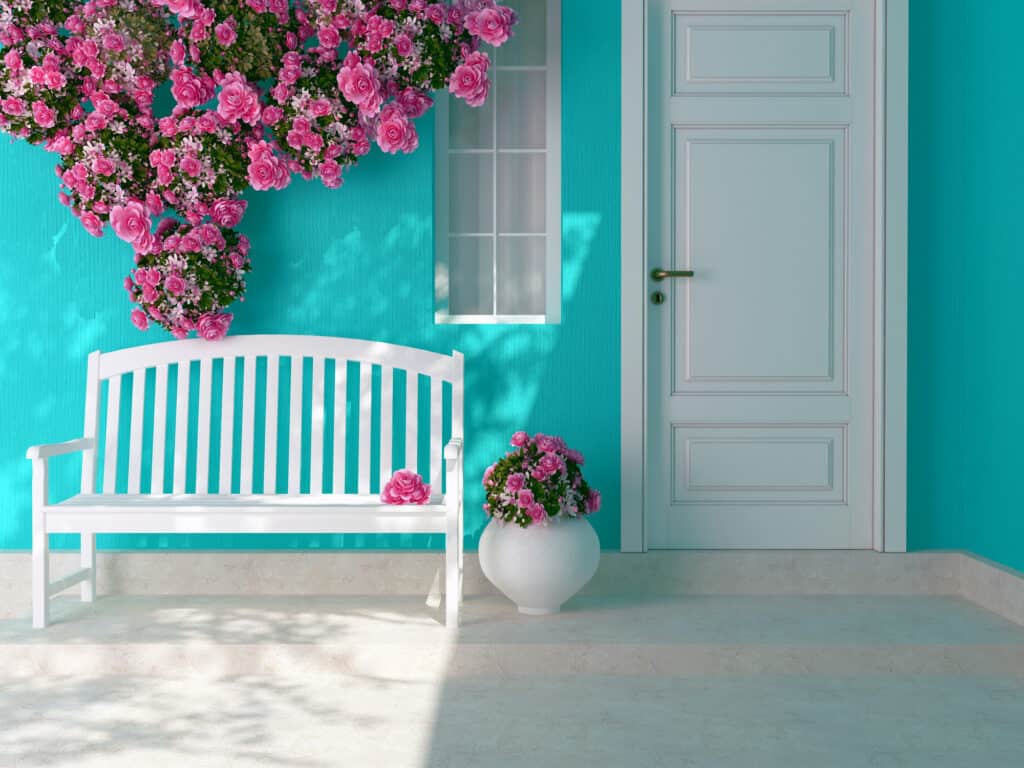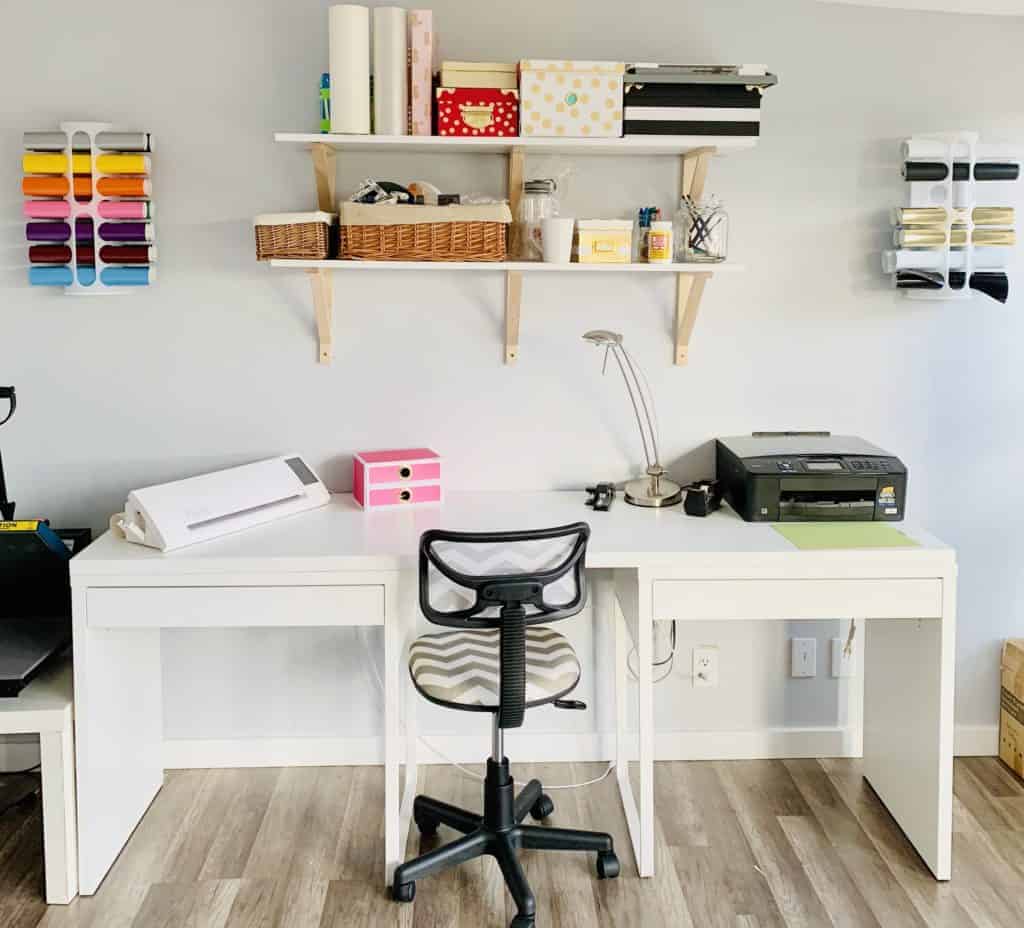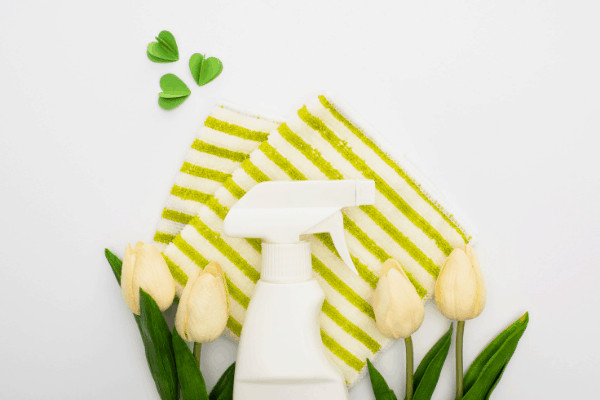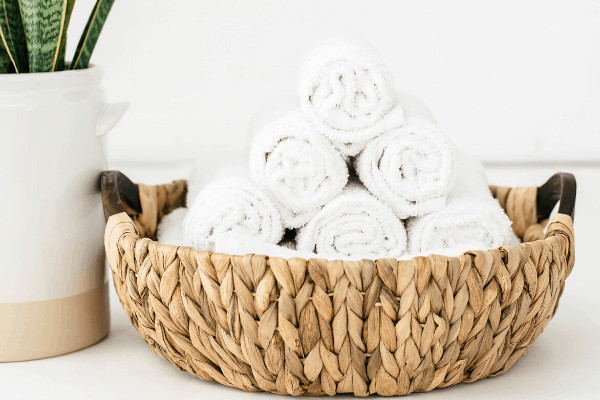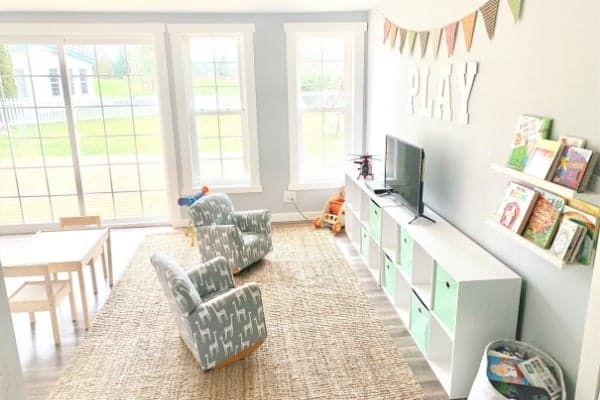With rising temperatures and increasing energy costs, finding sustainable ways to cool your home can make a significant difference. Eco-friendly methods are better for the environment, can help you save money, and create a more comfortable living space. Let’s explore innovative and effective strategies to keep your house cool year-round.
1. Plant Shade Trees Strategically
Planting shade trees is one of the simplest and most natural ways to cool your home. Trees provide shade and reduce the amount of direct sunlight hitting your house, significantly lowering indoor temperatures. Opt for deciduous trees that lose their leaves in the winter. This way, you’ll have shade in the summer and allow sunlight to warm your home in the winter. Good options include maple, oak, and elm.
Plant trees on your house’s west and southwest sides to block the intense afternoon sun. Ensure trees are planted safely from your home to prevent root damage and falling branches. Regularly water your trees, especially during dry periods. Prune them to maintain their shape and health, ensuring they provide maximum shade coverage without becoming a hazard.
2. Utilize Shades To Keep It Cool
Shades and blinds are practical tools to control the amount of heat entering your home through windows and open spaces.
Use Solar shades and blinds for windows: These shades can help block out the sun’s heat while allowing light to enter. They can reduce heat gain by up to 80%, keeping your rooms cooler.
Use shade sails in backyards, patios, and open spaces: Shade sails are versatile and can be installed in various outdoor areas to create cooler spaces. They are instrumental in patios and backyards, providing shade without obstructing airflow, see shade sails Melbourne.
Ensure shades and blinds can cover windows completely. Regularly clean and check for wear and tear, replacing them as needed to maintain their effectiveness.
3. Install Energy-Efficient Windows
Windows plays a crucial role in regulating your home’s temperature. Upgrading to energy-efficient windows can make a significant difference in keeping your home cool.
Energy-efficient windows reduce heat transfer, keeping the cool and hot air inside. They can lower your energy bills and improve indoor comfort. Consider windows with low-emissivity (Low-E) coatings, double or triple glazing, and those filled with inert gases like argon. These features enhance the window’s insulating properties.
Hire a professional to ensure proper installation, as poorly fitted windows can negate their benefits. Consider the orientation of your windows and choose the appropriate type for each side of your house.
4. Use Reflective Roofing Materials
Reflective roofing materials can significantly reduce the heat your home absorbs, keeping it cooler. It’s made from materials that reflect more sunlight and absorb less heat, lowering the roof’s temperature and reducing the heat transferred into your home.
Options include cool roofing shingles, metal roofing, and reflective coatings. Each has benefits and can be chosen based on your specific needs and budget. While reflective roofing materials can be more expensive upfront, they offer long-term savings on energy bills. Ensure professional installation to maximize their cooling benefits.
5. Optimize Natural Ventilation
Enhancing natural ventilation is an effective and eco-friendly way to keep your home cool. Use vents, windows, and doors to create a natural airflow through your home. Open windows on opposite sides of a room to improve the cross-ventilation indoors.
Position windows and doors to allow fresh air to enter from one side and exit from the other. This technique helps to cool your home by flushing out hot air and bringing in cooler air. Try installing transom windows above doors to allow air to circulate even when it’s closed.
6. Upgrade to Energy-Efficient Appliances
Household appliances can contribute to indoor heat levels. Upgrading to energy-efficient models can help reduce this effect. Appliances like ovens, dryers, and refrigerators generate heat. Choose energy-efficient models to minimize heat production and keep your home cooler.
Look for appliances with high Energy Star ratings when shopping for air conditioners. Modern air conditioners use less energy and produce less heat, making them more efficient and effective. Choose inverter types to save more on energy and electricity.
Consider replacing old refrigerators, washing machines, and dishwashers with energy-efficient models and inverters. These new appliance technologies use less energy to work, resulting in less heat inside the home.
7. Create a Green Roof or Living Wall
Green roofs and living walls are innovative solutions that provide natural insulation and cooling. They absorb sunlight and heat, reducing the amount that penetrates your home. They also provide additional insulation, keeping indoor temperatures stable.
Working with a professional to design and install these features is crucial. Green roofs involve planting vegetation on a specially prepared roof surface, while living walls use vertical structures to support plant growth.
For green roof upkeep, regular watering, pruning, and feeding are essential to keep plants healthy. Choose native plants that are well-suited to your climate to reduce maintenance needs.
8. Implement Smart Home Technology
Smart home technology offers advanced ways to control and optimize your home’s cooling. Smart thermostats learn your habits and adjust temperatures automatically to save energy. They can be controlled remotely via smartphone apps, allowing precise temperature management.
Integrate smart thermostats with other smart home devices, such as fans and blinds. This creates a coordinated system that optimizes cooling and energy use. Consider using smart plugs and power strips to manage the energy consumption of various devices. Smart lighting systems can also help by reducing heat generated from traditional bulbs.
Conclusion
Keeping your house cool doesn’t have to rely on energy-intensive air conditioning systems. These eco-friendly additions can create a more comfortable living environment while reducing energy consumption and environmental impact. These methods offer sustainable solutions for maintaining a cool and energy-efficient home, from strategically planting shade trees to implementing smart home technology.

